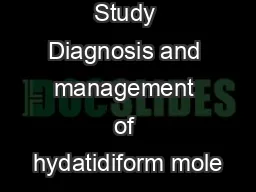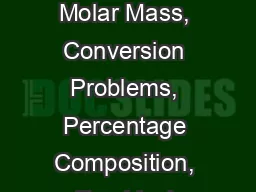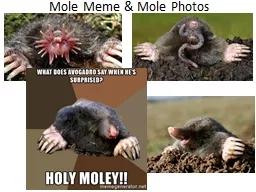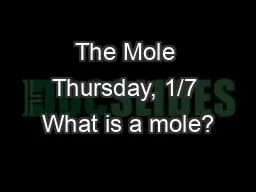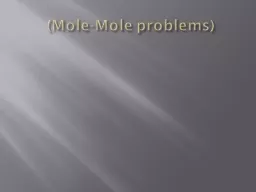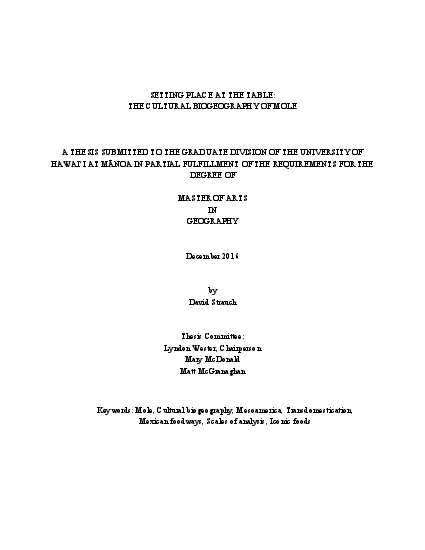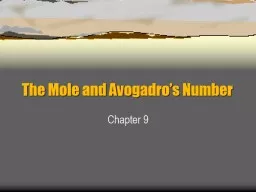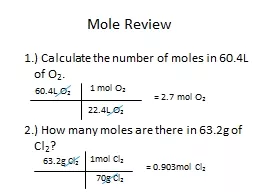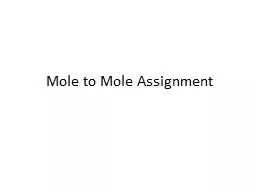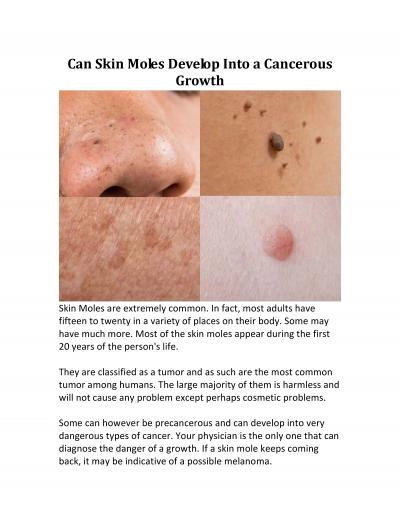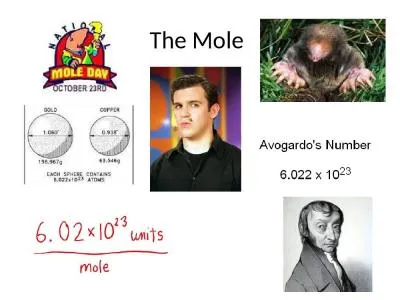PPT-Mole Project
Author : min-jolicoeur | Published Date : 2016-07-28
Element Tin By Sydney Becker Emily Kingery Leah Baker and Devon Baird Science Research Symbol Sn Atomic number 50 Atomic weight 118710 Melting point 23193 degrees
Presentation Embed Code
Download Presentation
Download Presentation The PPT/PDF document "Mole Project" is the property of its rightful owner. Permission is granted to download and print the materials on this website for personal, non-commercial use only, and to display it on your personal computer provided you do not modify the materials and that you retain all copyright notices contained in the materials. By downloading content from our website, you accept the terms of this agreement.
Mole Project: Transcript
Download Rules Of Document
"Mole Project"The content belongs to its owner. You may download and print it for personal use, without modification, and keep all copyright notices. By downloading, you agree to these terms.
Related Documents


